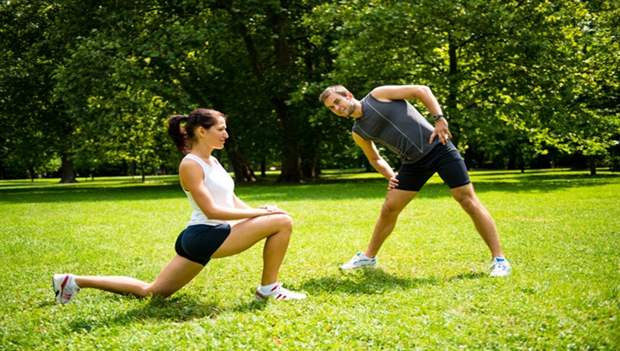How to start workout: for beginner
If you are not living an active lifestyle and considering to start physical workout to live a fit life then this article for you. Read this article till end to learn how to start physical workout and stay healthy. Soon after you start workout, you'll begin to see and feel the benefits that physical activity can have on your body and well-being. however working exercise into your routine takes a lot of challenges and determination.

"Exercise is the magic pill," says Michael R. Bracko, EdD, FACSM, chairman of the American College of Sports Medicine's Consumer Information Committee. "Exercise can literally cure diseases like some forms of heart disease. Exercise has been implicated in helping people prevent or recover from some forms of cancer. Exercise helps people with arthritis. Exercise helps people prevent and reverse depression."
Know this first-
Even long-term exercisers may have misconceptions about exactly what some fitness terms mean. Here are some definition of words and phrases you're likely to encounter:
1. Aerobic/cardiovascular activity.
These are exercises that are strenuous enough to temporarily speed up your breathing and heart rate. Running, cycling, walking, swimming, and dancing fall in this category.2. Flexibility training or stretching.
This type of workout enhances the range of motion of joints. Age and inactivity tend to cause muscles, tendons, and ligaments to shorten over time. Contrary to popular belief, however, stretching and warming up are not synonymous. In fact, stretching cold muscles and joints can make them prone to injury.
3. Strength, weight, or resistance training.
This type of exercise is aimed at improving the strength and function of muscles. Specific exercises are done to strengthen each muscle group. Weight lifting and exercising with stretchy resistance bands are examples of resistance training activities, as are exercises like push ups in which you work against the weight of your own body Set. Usually used in discussing strength training exercises, this term refers to repeating the same exercise a certain number of times. For instance, a weight lifter may do 10 biceps curls, rest for a few moments, then perform another "set" of 10 more biceps curls.
4. Repetition or "rep."
This refers to the number of times you perform an exercise during a set. For example, the weight lifter mentioned above performed 10 reps of the bicep curl exercise in each set.5. Warm up.
This is the act of preparing your body for the stress of exercise. The body can be warmed up with light intensity aerobic movements like walking slowly. These movements increase blood flow, which in turn heats up muscles and joints. "Think of it as a lube job for the body," Bryant explains. At the end of your warm-up, it's a good idea to do a little light stretching.


No comments